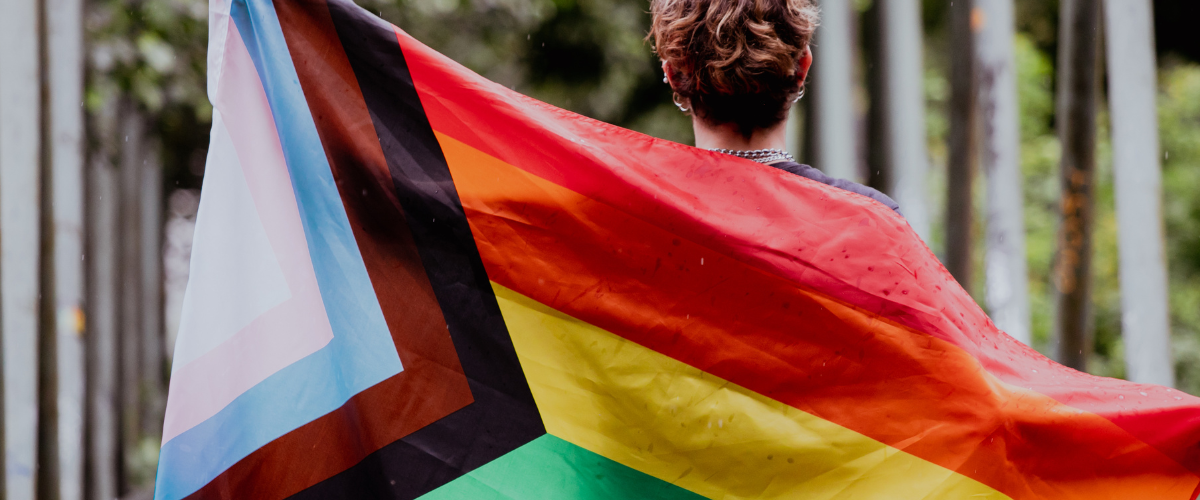How do service providers such as JFS create a welcoming environment for LGBTQ2S+ clients? It’s an important question as the LGBTQ2S+ community has and continues to experience condemnation, discrimination, and hate crimes. For many decades, counselling services have played a part in addressing the social injustices that members of the LGBTQ2S+ community have experienced.
Language, as well as symbols, can help members of this community feel more respected. Inclusive services start with these 5 tools:
- Start out on the right foot. At the office door, display a rainbow flag sticker. This is a world-recognized symbol that states a client is in a “safe space”.
- Make the LGBTQ2S+ experience visible. Display pamphlets and books affirmative of the LBGTQ2S+ community. Have a list of books, articles or other resources specific to the LGBTQS+ experience on hand to provide whenever needed. Make deliberate use of inclusive language in all printed and online materials, including clinical intake forms. Extend the use of inclusive language during oral presentations and written clinical assessments.
- Check your assumptions. Inclusive language is a way of respecting the diversity of genders and relationships. Recognize that people express their gender in different ways. Likewise, do not assume the “norms” of heterosexuality; be sensitive to the use of terms such as husband or wife. Create opportunities to examine attitudes and beliefs to see how those beliefs could affect counselling of LGBTQ2S +clients.
- Use preferred pronouns and language. LGBTQ2S+ terminology is diverse and evolving, so no one gets the terms right all the time. Include your own pronouns on business cards and email signatures and ask clients how they wish to be addressed. Be mindful and use the language and terms that clients prefer you use to identify themselves. For example, the term, “Queer” is historically a discriminatory term and older LGBTQ2S+ people may find it very inflammatory. Younger people though, see it as a positive way to describe themselves.
- Collaborate with and learn from the community. Develop partnerships with LGBTQ2S+ organizations in the community, such as JQT and Qmunity. Throughout the year, offer in-service discussions that invite LGBTQ2S+ speakers to share their perspectives. Acknowledge and familiarize yourself with projects that review the community’s oral and written history.
Language Usage in Counselling
The proper use of language in the provision of therapy is critical. Language has been one of the ways that the LGBTQ2S+ community has been mocked, attacked, and negated. Therefore, practicing professional counsellors need to build cultural awareness of the clients they are seeing, and to be mindful of any potential biases in how they question and respond to their clients.
If a therapist has values that conflict with serving LGBTQ2S+ clients, it is important that the client is referred to an appropriate therapist in a respectful manner so that they can receive affirming care.
The language to describe LGBTQ2S+ folks is evolving. Learn the most common terms when working with clients. If an error in language is made in the counselling process, apologize quickly and learn where the gaps in understanding are and fill them.
JFS strives to be an inclusive organization that realizes that language -- written, spoken, and symbolic -- plays a significant part in helping a client to feel both welcomed and valued.
Alan Stamp,
MSc, PCFTTA
Clinical Director, JFS

